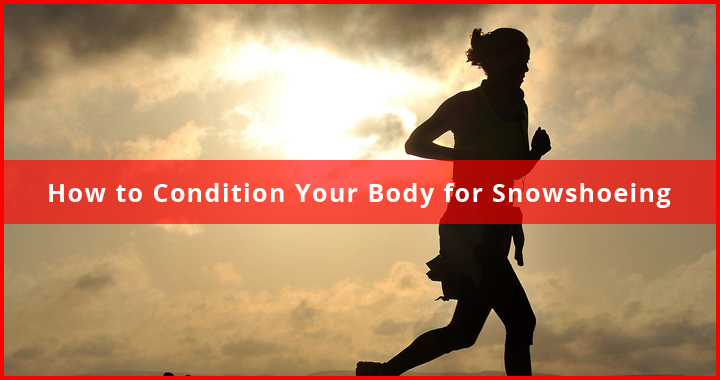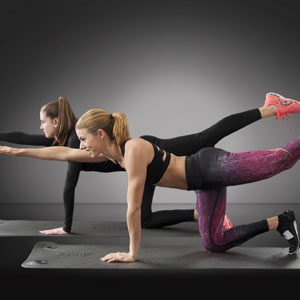There are lots of cross-country athletes that also enjoy snowshoeing while they are on winter break. They see snowshoeing as a workout to train their endurance and cardio while they are on break. Anyhow, there are still several people who think that snowshoeing is just walking in the snow. It requires little energy, and little preparation. And this is where they are wrong.

Regardless of how it looks, snowshoeing is still an outdoor sport. You must be prepared for what will come. Each trek has its challenges depending on the difficulties. But in general, snowshoeing requires you to be fit to be able to complete the hike.
No Such thing as over Prepared
It is best if you are keeping an active lifestyle throughout the year. But if you can’t, you need to start conditioning your body for snowshoeing a couple of months ahead. Ideally, it’s about four to eight weeks. The key is to do exercises that you enjoy. The process mustn’t be an abrupt one. You can continue doing these exercises even when winter is over.
Balancing Core and Endurance
 Snowshoeing challenges both your endurance and strength. Sometimes your gear can be heavier than you and you must be able to carry it throughout the trek. Therefore, you need to have a strong core. Building a strong core is one of the fundamentals of any workout program. In turn, a good core leads to a better bodyweight distribution and endurance. Your snowshoeing experience will be effortless as you are not dragging yourself on the trek.
Snowshoeing challenges both your endurance and strength. Sometimes your gear can be heavier than you and you must be able to carry it throughout the trek. Therefore, you need to have a strong core. Building a strong core is one of the fundamentals of any workout program. In turn, a good core leads to a better bodyweight distribution and endurance. Your snowshoeing experience will be effortless as you are not dragging yourself on the trek.
Do more Leg Works
 Many people forget that the legs carry the overall weight. Not just the body, but also from the boots and snowshoe. And when the trek gets slipper and even icy, your legs are your main support.
Many people forget that the legs carry the overall weight. Not just the body, but also from the boots and snowshoe. And when the trek gets slipper and even icy, your legs are your main support.
To overcome this, you need to have an extra leg day on your routine. It can be some extra rounds on a leg press machine or do a leg-focused yoga session. Don’t have time to do those? Get a pair of ankle weights and start wearing them for about an hour every day. These weights will help you get adjusted to the boots and snowshoe weight altogether.
Cardio
 Snowshoeing is about going over long distances using your legs. This naturally will up your heart rate, making cardio very important for your trip. Maintain a running schedule where you run a few miles a couple days a week. Adding some stair runs into the cardio routine would be beneficial on the trail when there is an incline.
Snowshoeing is about going over long distances using your legs. This naturally will up your heart rate, making cardio very important for your trip. Maintain a running schedule where you run a few miles a couple days a week. Adding some stair runs into the cardio routine would be beneficial on the trail when there is an incline.
Snowshoeing can be dangerous and even life-threatening if you are not being careful. Being fit for the trail is important. But you also need to make sure that your gear is in top condition and that you are staying up to date with the weather on your trip.
